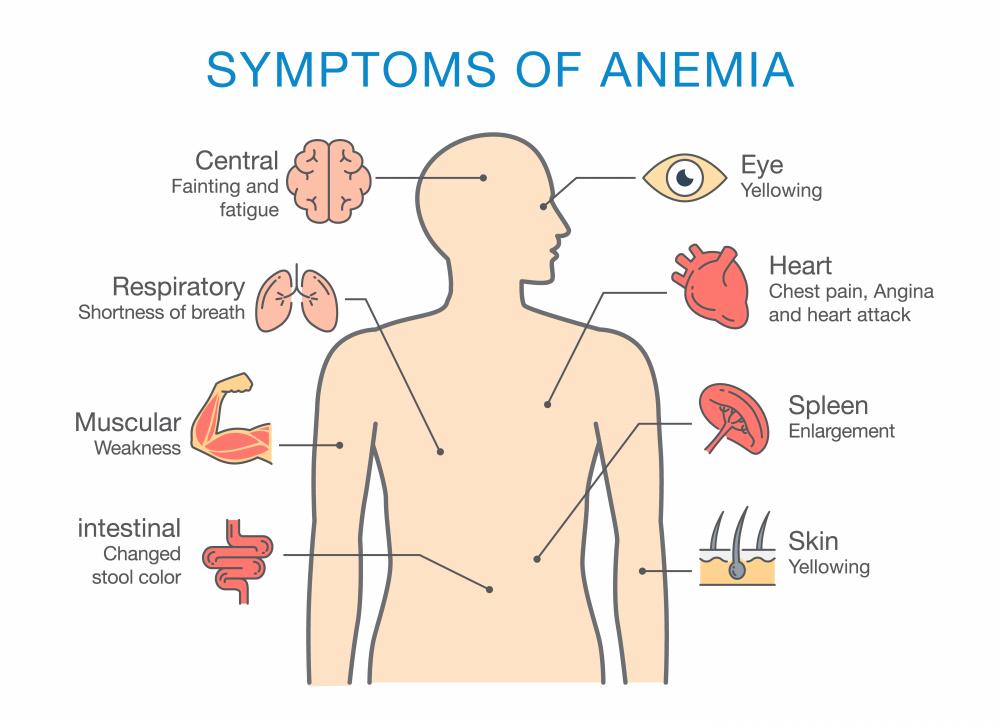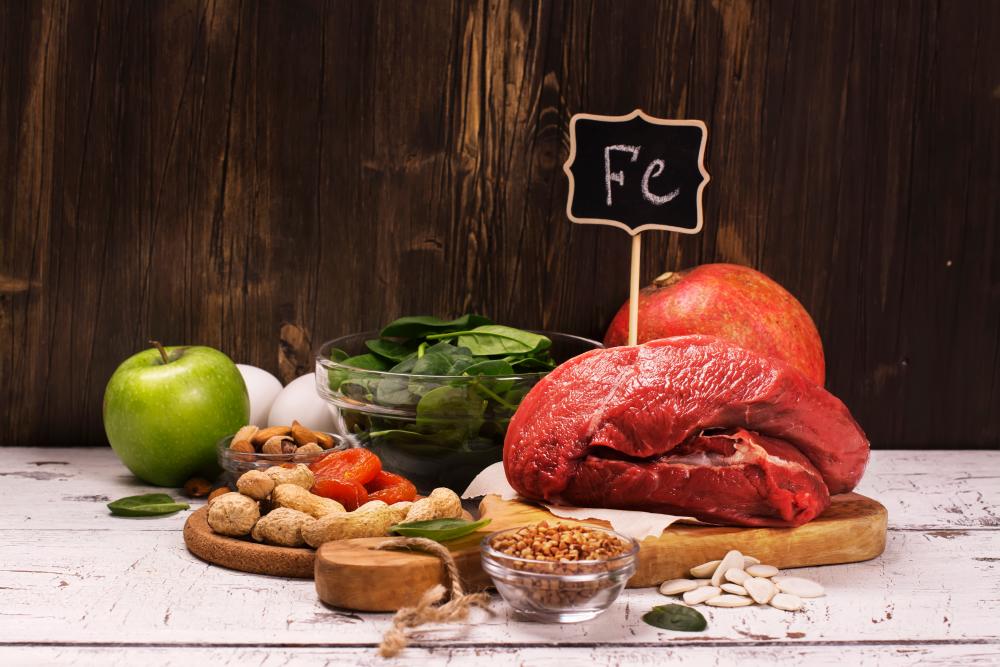ANAEMIA is a condition that does not get as much attention as other problems that plague our health. This is rather surprising, given its relatively high prevalence in Malaysia.
According to the National Health and Morbidity Survey 2019, 21.5% of Malaysians were found to be anaemic, with the highest figures (30%) recorded among women of reproductive age (15 to 49).
I had never considered the possibility that I may one day experience anaemia – until I did.
Around the beginning of March, I found myself feeling fatigued and unable to concentrate.
I struggled to get out of bed, and was forced to take frequent breaks between performing chores around the house.
Initially, I blamed it on poor sleep habits. But after the symptoms persisted for two weeks, I decided to go for a physical checkup, and a blood test revealed that I was suffering from acute anaemia.
What is it?
Anaemia happens when you do not have enough hemoglobin in your blood. Hemoglobin is a protein in red blood cells that helps carry oxygen through the bloodstream to the organs.
Since our organs and tissues need oxygen to function optimally, being anaemic can cause extensive physical symptoms.
A normal level of hemoglobin is usually in the range of 14-17gm/dL (grams per deciliter) for men, and 12-15gm/dL for women. As iron is a key element of hemoglobin, its deficiency is often one of the most common causes of anaemia.

Common symptoms
Those who experience anaemia tend to exhibit symptoms such as fatigue, shortness of breath and feeling cold in extremities, like hands and feet. Other less common symptoms include:
> dizziness or weakness;
> frequent headaches;
> sore tongue;
> pale, dry or easily bruised skin;
> unintended movement in the lower leg (or restless leg syndrome); and
> rapid heartbeat.
Anaemia can be detected through a blood test, and further tests may be needed to determine whether the condition is caused by poor diet or if it is a sign of a more serious health problem.
In my case, a month-long course of iron pills soon got me back to normal, and I was encouraged by the doctor to increase my daily intake of iron-rich foods to ensure the symptoms would not recur.
Iron-rich diet
There are two forms of dietary iron – heme and nonheme.
Heme iron is found in animal food that originally contain hemoglobin, such as red meat, fish and poultry. Most nonheme iron is from plant sources.
Good sources of heme iron include chicken and beef liver, and most seafood including clams, oysters and tuna, and eggs. As for sources of non-heme iron, they include green, leafy vegetables such as spinach, broccoli and kale, as well as legumes, nuts and seeds.
Iron is an important mineral that must be consumed regularly as your body cannot produce it on its own. Ideally, you should only take iron supplements if you have been found to be severely deficient in the mineral (as I was), as a build-up of iron in the bloodstream can cause toxicity. The most common side effects include an upset stomach, nausea, diarrhoea, constipation and heartburn.
The entire situation was rather eye-opening and made me rethink my lifestyle, including what I ate. After adopting a more healthy and balanced diet, my symptoms have not returned. If you happen to be experiencing any of the same symptoms, be sure to consult your doctor for a diagnosis.













